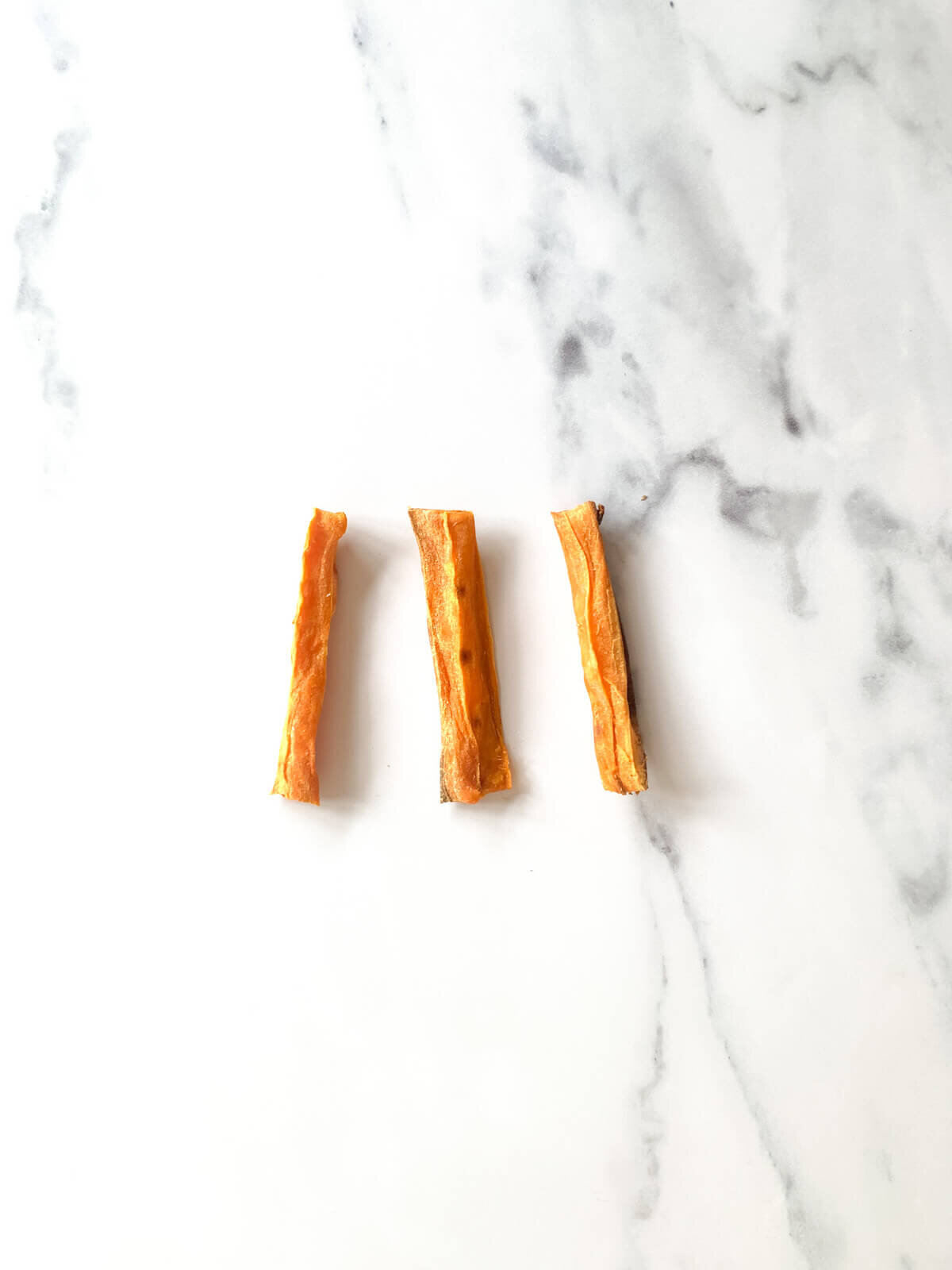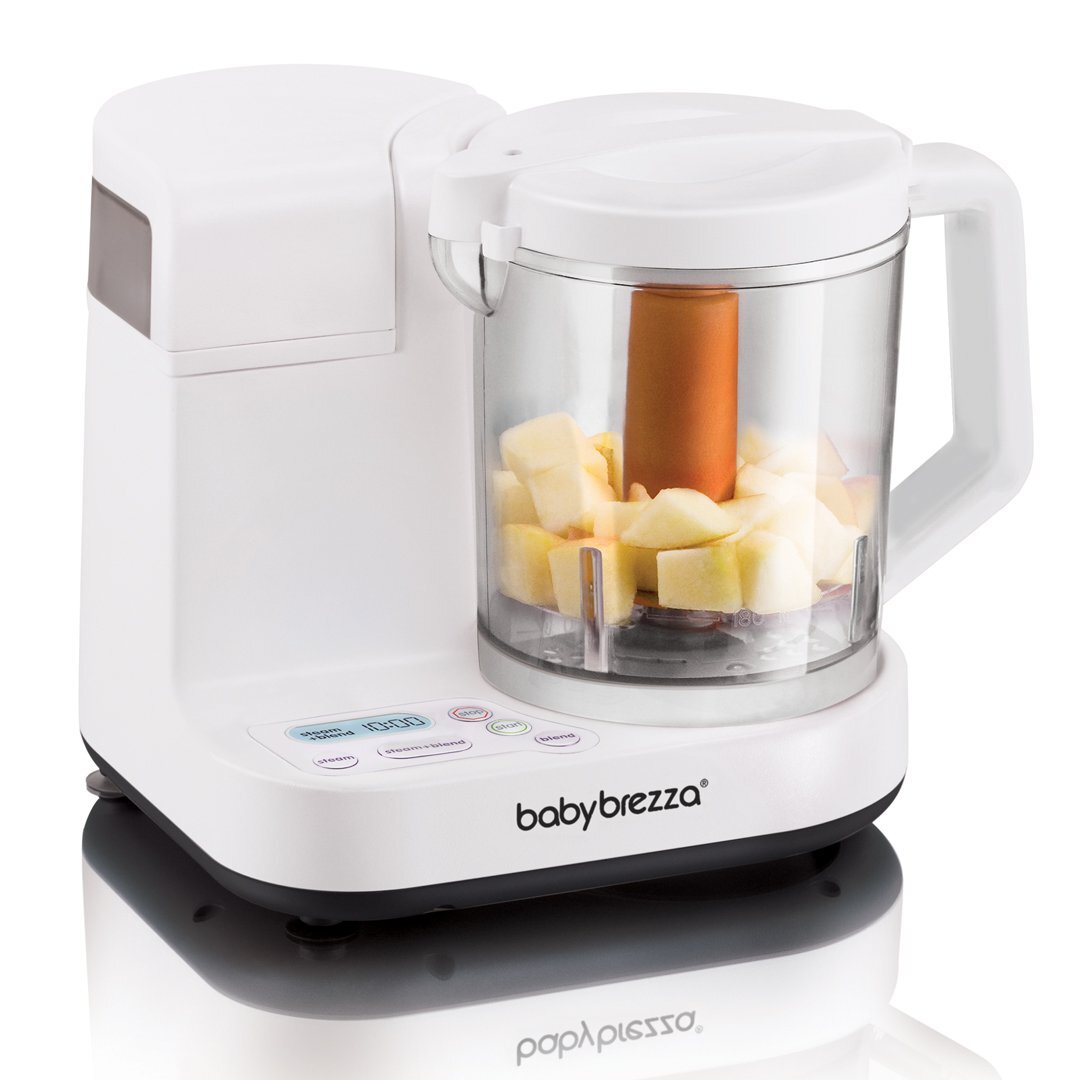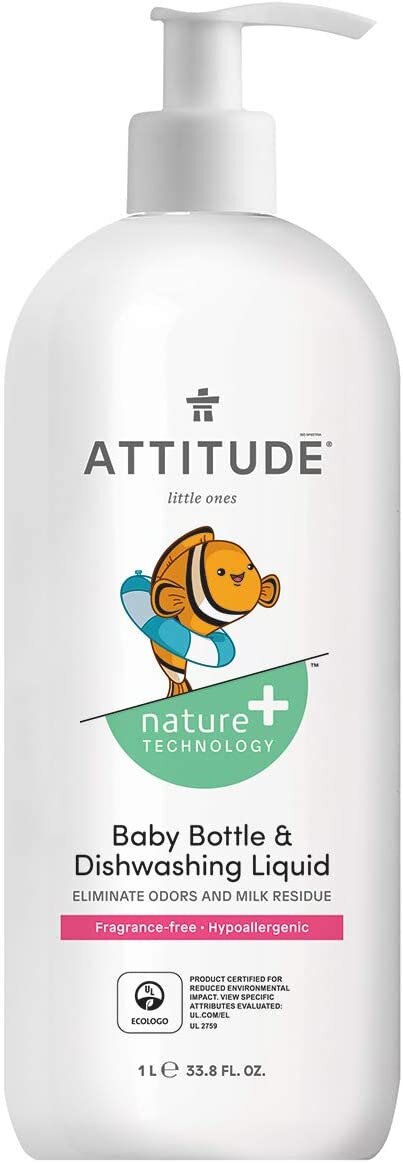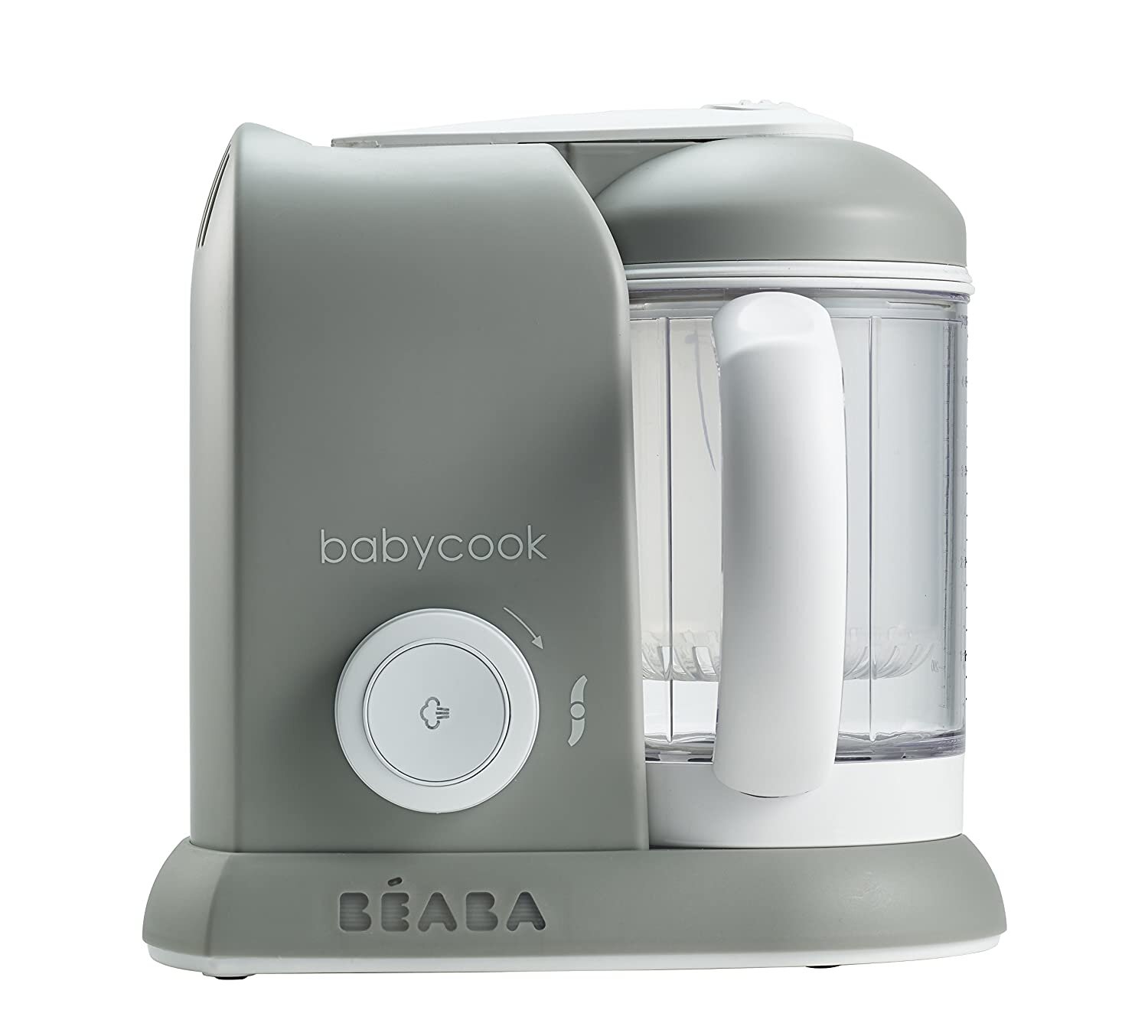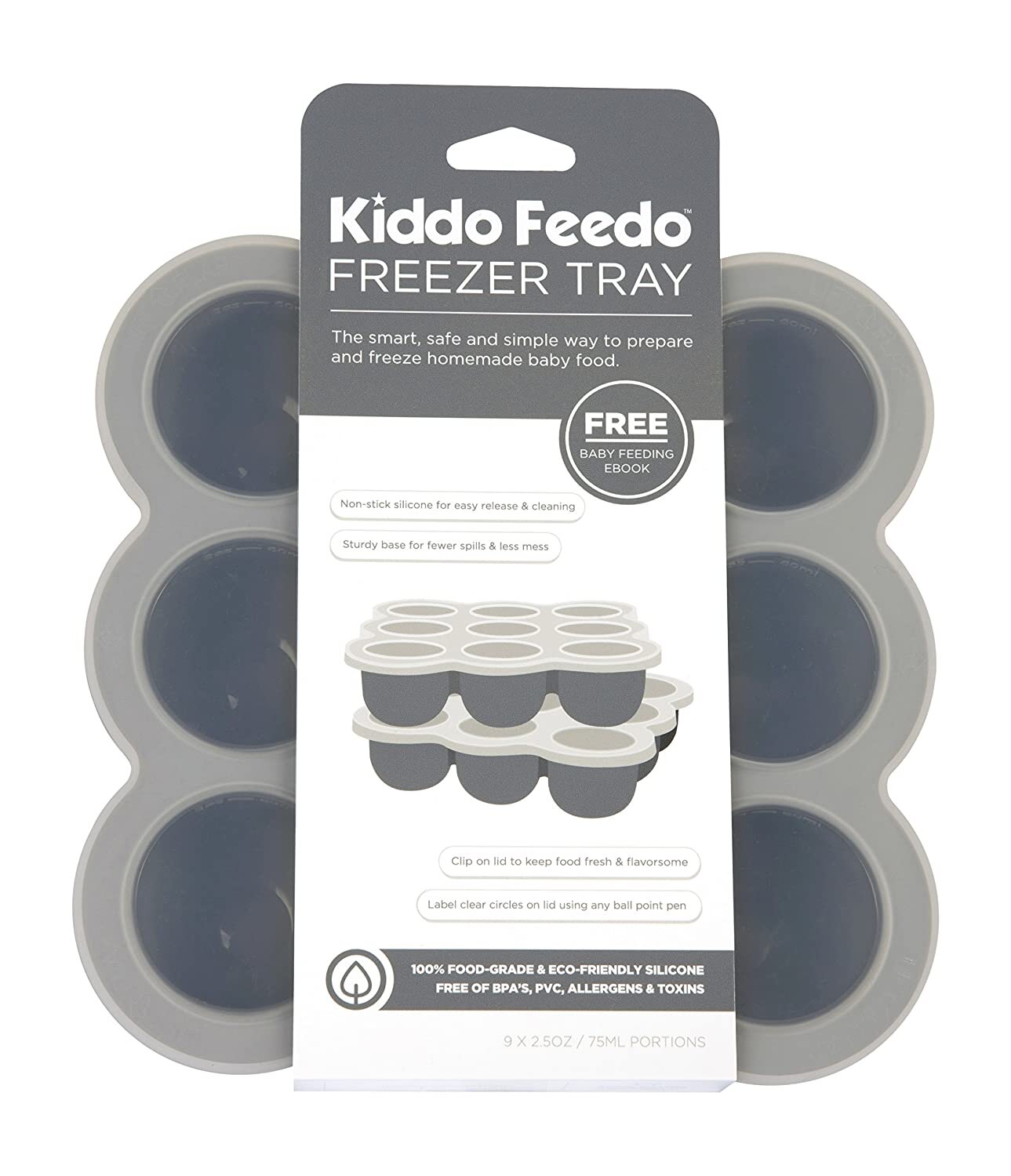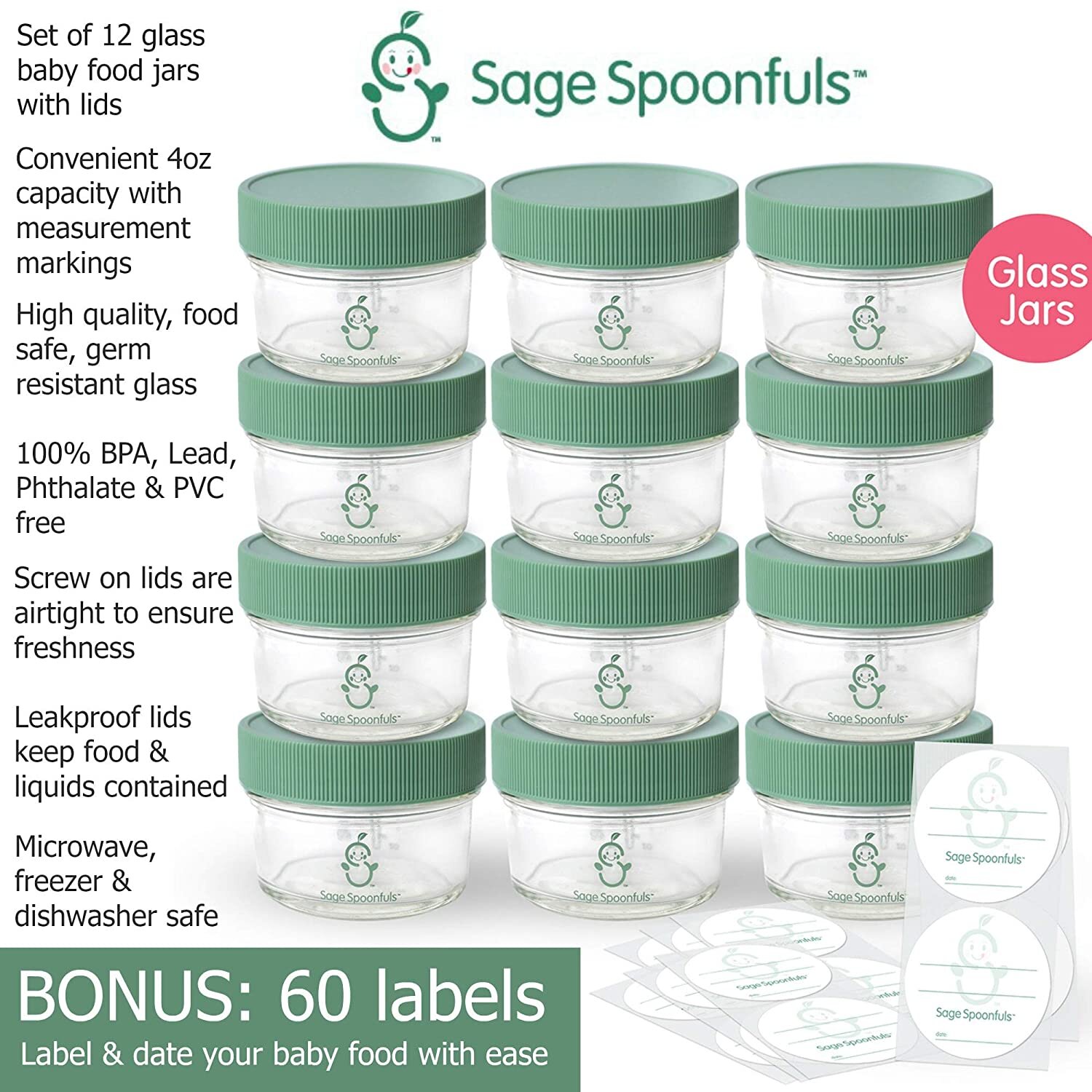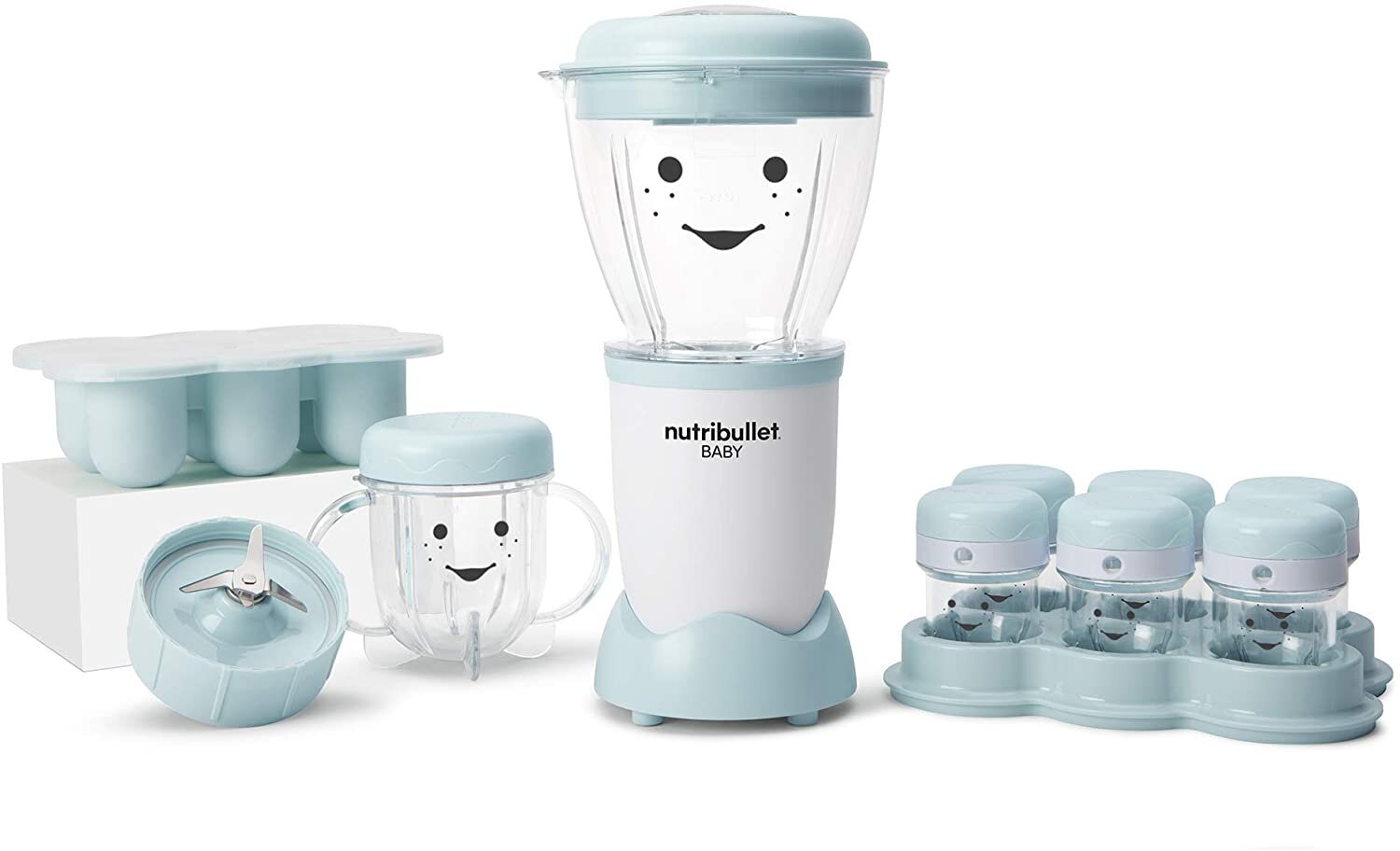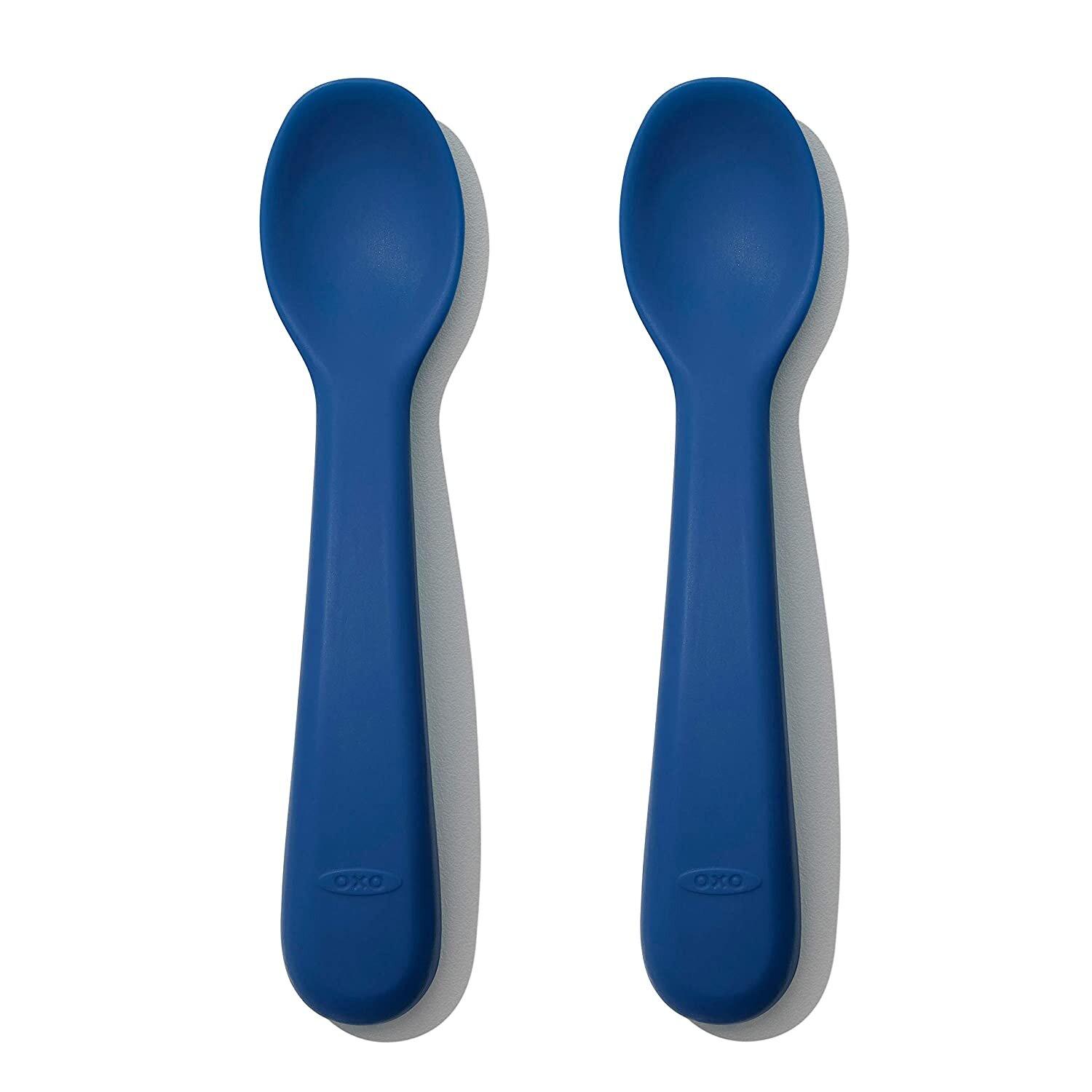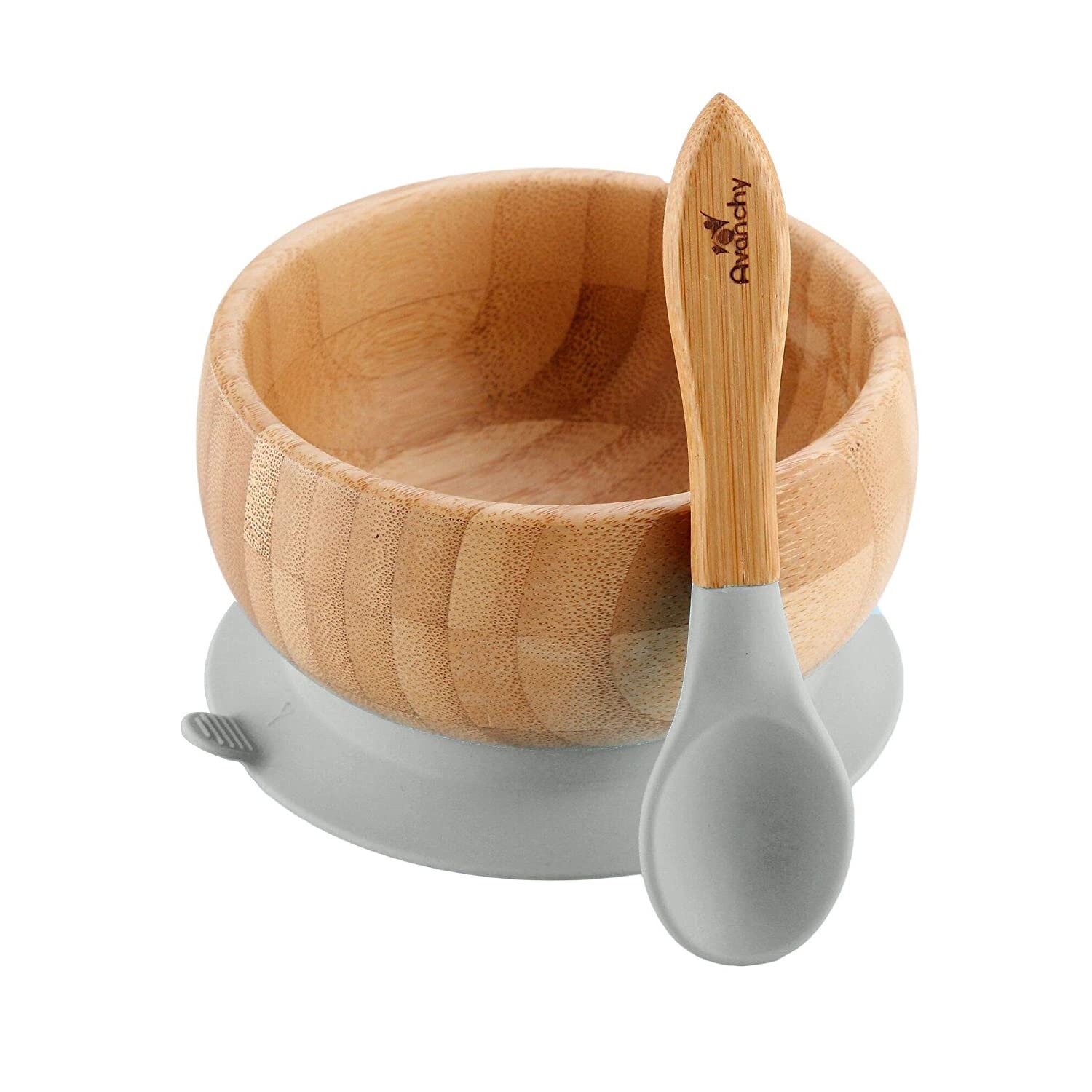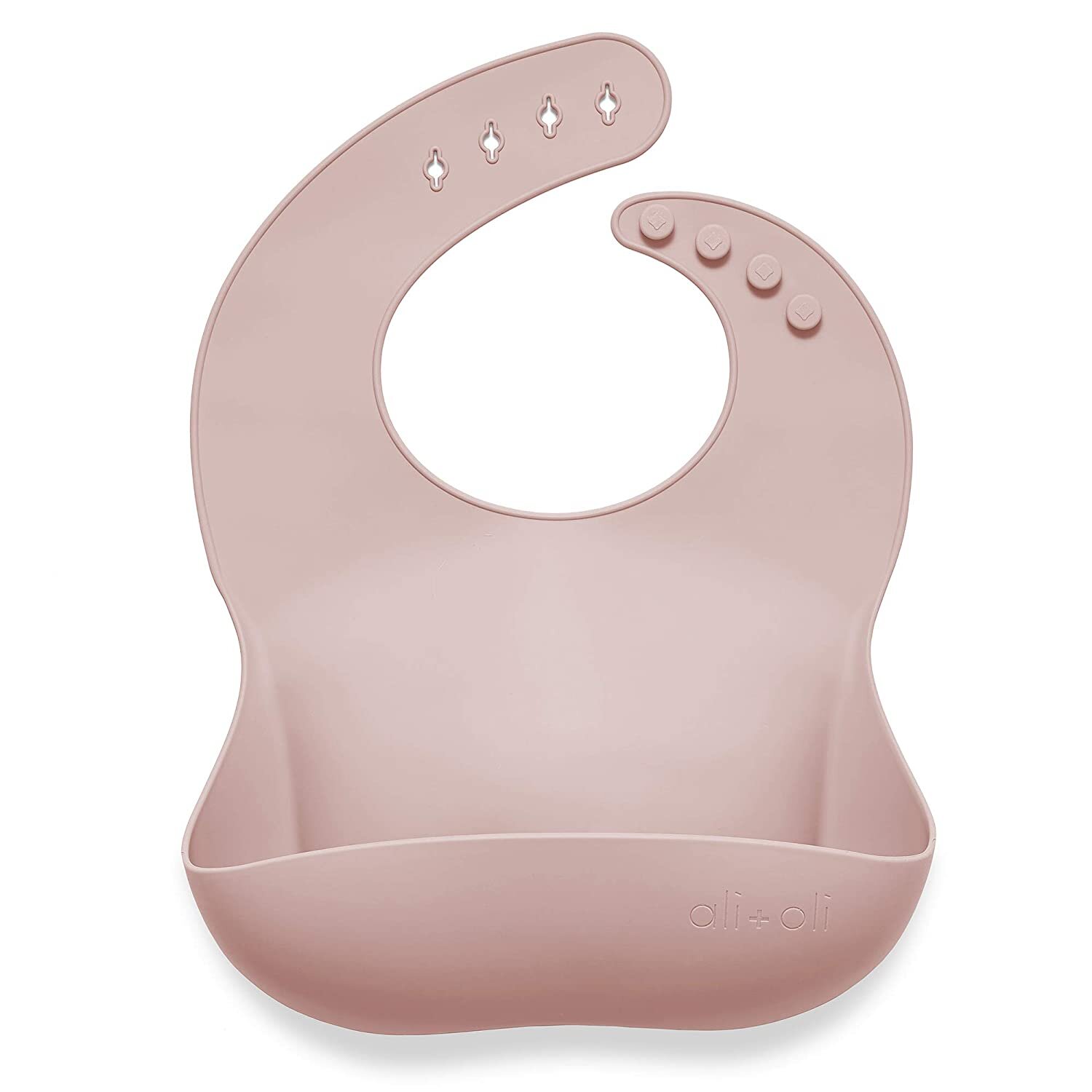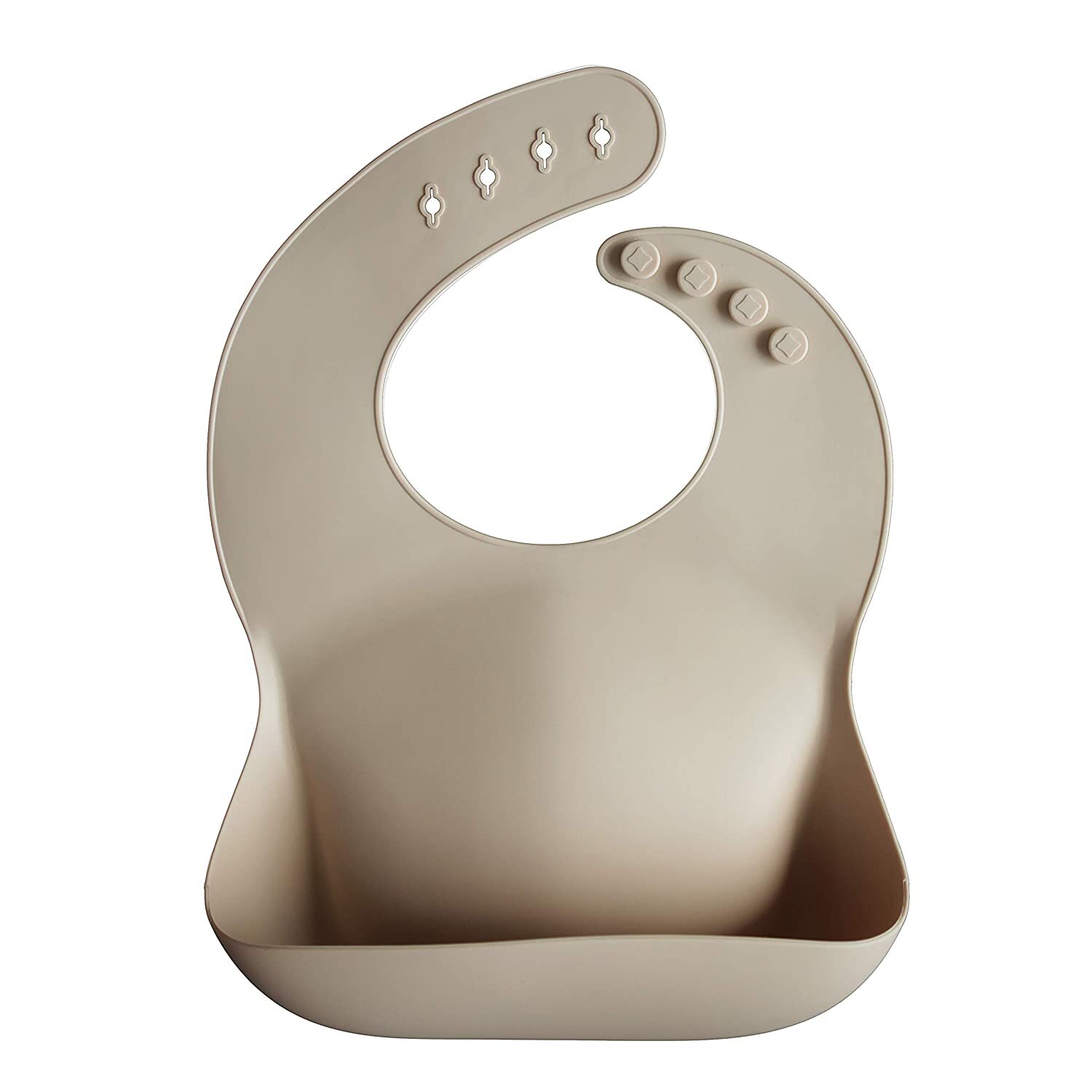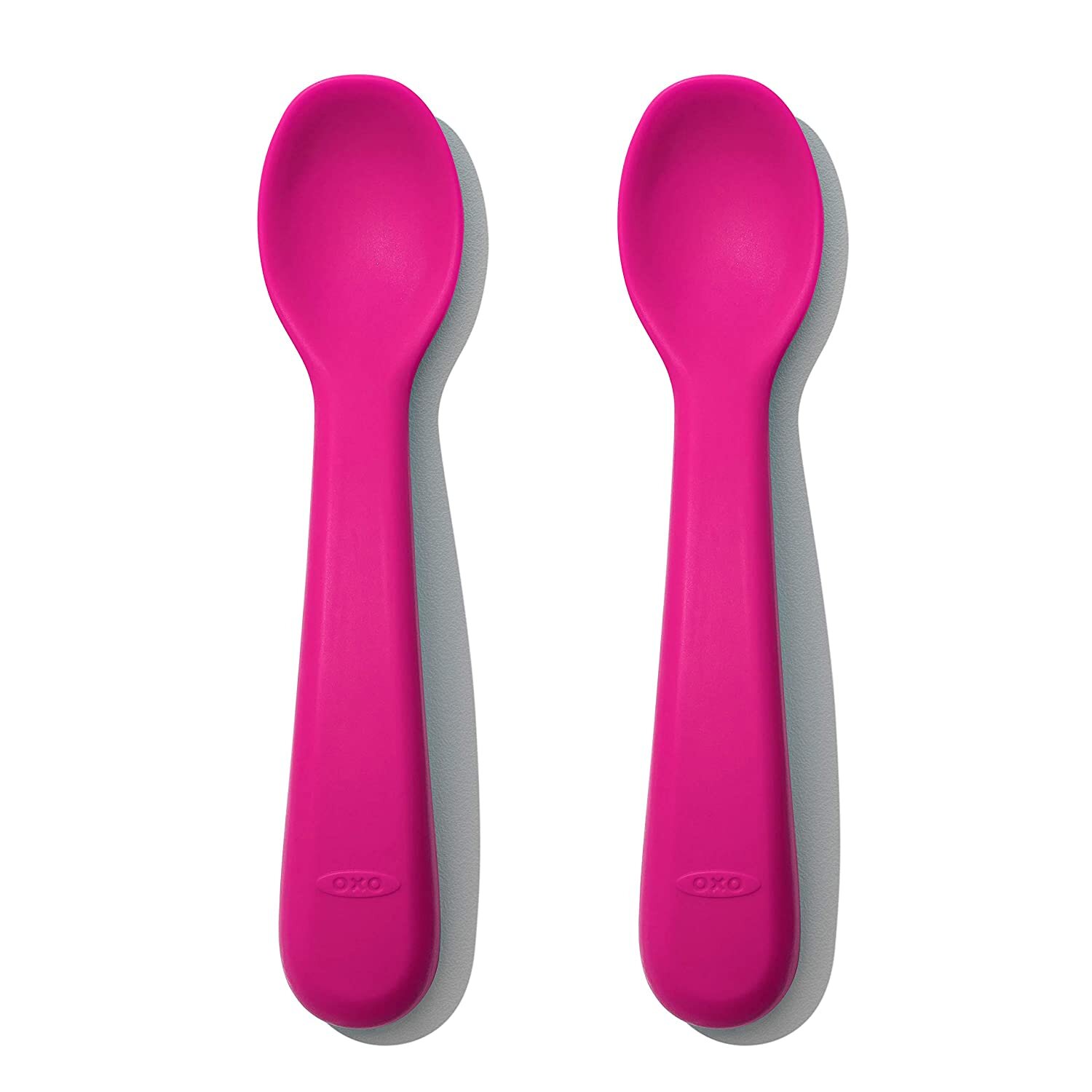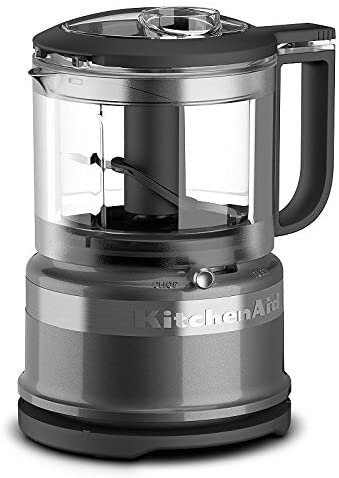Homemade Baby Food - Purees | What You Need to Know
Homemade anything almost always sounds so much better than store-bought. Everyone’s list of favorite foods includes something that their mom used to make. But these days it seems like fewer people have the time or the inclination to cook. And that’s before you add a baby into the equation.
It makes sense. More families have two working parents now than they used to, and the alternatives to home-cooked food have become both abundant and much more easily accessible.
Store-bought food or take-out requires no forward planning, no time in the kitchen and best of all, no cleaning up. Meanwhile, cooking for a whole family can seem like a daunting task.
So Why Bother With Homemade Baby Food?
The food you eat is not only the fuel you run on but also the foundation of your body as a whole. Children are constantly growing, and their nutrition facilitates every aspect of that growth. It affects the energy they have day-to-day as well as their overall development year-to-year.
Getting it wrong might mean your child has insufficient micronutrients in their diet to support healthy brain development or a strong immune system. They might get sick more often as a result, or just generally not have enough energy to make the most of those playgroups you pay too much for them to attend ($35 for a 45-minute class in New York is actually a good price).
Because of this, we believe their nutrition is important enough to warrant the extra energy. And why we believe it is important to make homemade baby purees.
Can We Speed Up The Homemade Baby Food Preparation Process?
With the right utensils, appliances, and kitchen gadgets, the whole process can at least be a little easier, with fewer dishes to wash and generally a little less stress.
So here are some of the things that we found were the most helpful when preparing food – saving us a whole lot of time, soap, and sanity.
Kitchen scale: Joseph Joseph TriScale Compact Folding Digital Kitchen Food Scale
Food processor: KitchenAid 11-Cup Food Processor
Blender: Magic Bullet
Steamer: BEABA Babycook 4 in 1
Food storage: Pyrex Simply Store Glass Round Food Container
Different Stages of Baby Purees
Baby purees can be divided into 3 stages which follow the developmental process, moving to more advanced textures as your baby gets older.
Stage 1 Baby Puree (4-6 months): Smooth Purees
Stage 1 means smooth purees made from single foods. At this point in your baby’s development, they have just begun to sit up straight and show interest in food, so their introduction should be gradual. Single food purees can be mixed with breastmilk/formula or water to thin the consistency (although mixing meat with milk can interfere with iron absorption). For cooked fruit and vegetables, using the water they were cooked with (if boiled or steamed) is ideal.
As your baby gets used to eating, you can gradually decrease the amount of liquid to make slightly thicker purees.
Stage 2 Baby Puree (7-9 months): Textured Purees
After around 7 months, you can introduce more textured purees as well as mixed foods (I started to mix foods during month 6 but always in smooth purees). At this point, your baby’s oral-motor skills would have developed and they are getting used to regularly eating solid food instead of relying on breastmilk/formula – they should also be swallowing food without a problem.
Textured means that your puree doesn’t have to be completely smooth, but can have visible lumps. Nothing too big of course – ideally no greater than the size of a pinky fingernail. Everything will still also be soft so it can be easily mashed between toothless gums.
“Textured” also means that food doesn’t necessarily have to be blended, but can be simply mashed with a fork.
In stage 2, you can start to use spices to make meals more interesting. I mainly use cinnamon for fruit and grain purees, but also occasionally a little vanilla, garlic, or oregano. This is probably due to my Mediterranean background, but feel free to use what appeals to you (just avoid salt).
Stage 3 Baby Puree (9-12 months): Finger Food
Once babies hit the 9-10 month mark, it’s important to start offering finger food instead of just purees. By this age, babies are really working on their pincer grip, and stage 3 baby foods are a great way to encourage them to do so.f
They are also rapidly developing in their oral-motor skills. Sticking to purees can delay progress so it’s important to take the leap. Of course, you’ll still want to make sure everything is fully cooked and cut small enough that you won’t risk choking.
To make the transition easier, you can also gradually transition by serving thicker and thicker blended foods with slightly bigger chunks before moving to proper finger food.
When To Start With Baby Purees?
This is actually very much an individualdecision. General recommendations say that babies should start with solid food, including purees, somewhere between 4 and 6 months.
There is no exact day or time that is uniform for every baby but rather you should watch for the signs of readiness:
Mouthing hands and toys.
Asking to be fed much more regularly.
Ability to sit-up straight in a high chair (or with minimal support).
Good head and neck control.
Able to (partially) close lips over a spoon.
Diminished tongue thrust reflex.
Showing more interest in your food.
Assuming your child is ready, what do you actually start with?
What Baby Purees To Start With?
In reality, you can start with any baby puree you want to. We do recommend going with local and seasonal produce for the fruit and veggies for your perfect baby puree but it isn’t a must. I recommend you cook and peel the skin of fruit and veggies until your baby is at least 8 months old because younger babies can have a difficulty digesting the skin or uncooked fruits and veggies.
There are however a few things you should avoid in any food for a baby under a year old:
Honey: can cause botulism since it may contain spores of the bacteria that aren’t killed in the stomach until after your child is at least a year old.
Cow’s milk: digestive system not adapted yet (fermented products such as yogurt, kefir, and cheese are fine).
Low-fat milk and dairy products: cause an excessive intake of protein and insufficient intake of essential fats.
Salt: kidneys not developed enough yet.
Smoked & cured meats; processed food: excessive salt intake.
Sugar: completely unnecessary.
Fruit juices: excessive sugar; can cause digestive problems.
High mercury fish (shark, tuna, sea bass, halibut, grouper): excessive intake of mercury which can be harmful for brain development.
Unpasteurized products: can contain dangerous bacteria.
Nutrients To Look Out For
Iron and vitamin D are typically the key micronutrients to look out for in 6-12 month old babies. This is because it has been shown that breastmilk and/or formula no longer fulfill the requirements for these nutrients once your baby hits the 6 month mark.
That means we should look to include more foods that have these micronutrients.
Vitamin D is naturally available in very few food, so finding vitamin D fortified foods is ideal. However, most babies are actually prescribed vitamin D supplements by pediatricians so you shouldn’t need to worry.
Iron however is a different story. We should aim to include iron-rich foods into our babies diets, and purees are the easiest way of doing so. Just make sure you don’t serve iron rich foods alongside dairy products as this can limit iron absorption.
Iron rich foods for homemade baby purees:
Meats
Beef, veal, pork, lamb, chicken/turkey (dark meat).
Fish:
No shellfish for children under 12 months of age.
Eggs
Whole grains + enriched pasta + rice.
Legumes:
Dried peas + beans, chickpeas + lentils.
Vegetables
Spinach, broccoli, Brussels sprouts
What about calcium?
The main source of calcium until your baby reaches 1 year of age should be breastmilk and/or formula. So there really is no need to stress about calcium intake when starting solids.
You can start introducing fermented dairy products like yogurt, cheese and kefir before 1 year of age but there is no need to focus on this particular micronutrient. Especially knowing that calcium is present in other foods such as green leafy vegetables, sardines and fortified soy products such as tofu.
How To Combine Foods and Spices in Baby Purees
Traditional guidelines were to introduce food one-by-one to monitor for allergic reactions. While this is no longer “required”, I still find it easier and a little more stress-free to go one-by-one.
If you don’t have a family history of food allergies then doing combo baby purees right from the start would probably not cause any issues for you. But if food allergies are something known in your family, I would stick to one at a time.
It just makes things a whole lot easier in case there is an allergic reaction. You’d easily be able to identify which food is the cause, allowing you to be much more careful from then on.
And it’s the same with spices. I’d add them one-by-one to the food that has already been introduced to your baby.
As for the choice of spices, this is completely up to you and mostly based on your culture. We mostly did Mediterranean ones like basil and oregano at first, but I’ve known babies that started with turmeric and loved it. So the choices are endless.
Final Note
Really whatever foods you have at home and feel would be a good baby puree combination, you can use to make one for your baby. Just make sure to avoid the food from the “under 1-year-old” list.
If you are still unsure, check out our complete Guide to Starting Solids here covering how to start with purees, baby-led weaning, transitioning to finger foods, weaning from the bottle, drinking from an open cup, and learning to use silverware.
And enjoy mixing and matching different flavors for your little ones! 😀
Visit Creative Nourish for so many more ideas and meals plans for your little one(s)!
SHOP THE POST:
All photos courtesy of Creative Nourish
Cover Photo: Andrea Piacquadio



